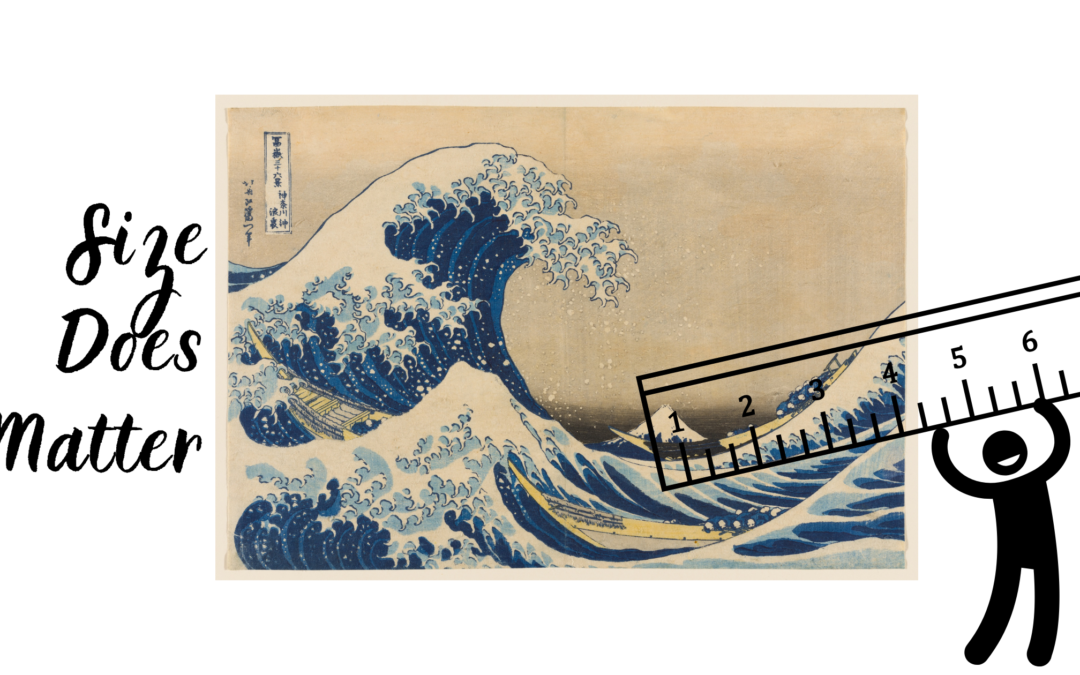
by Kristen O'Neill | Sep 23, 2024 | Art Lessons
“The Great Wave,” (Under the Wave off Kanagawa, or Kanagawa oki nami ura), is one of the most recognizable artworks in the world. I first saw this woodblock print in real life when I was at the Art Institute of Chicago. I was blown away by how much...
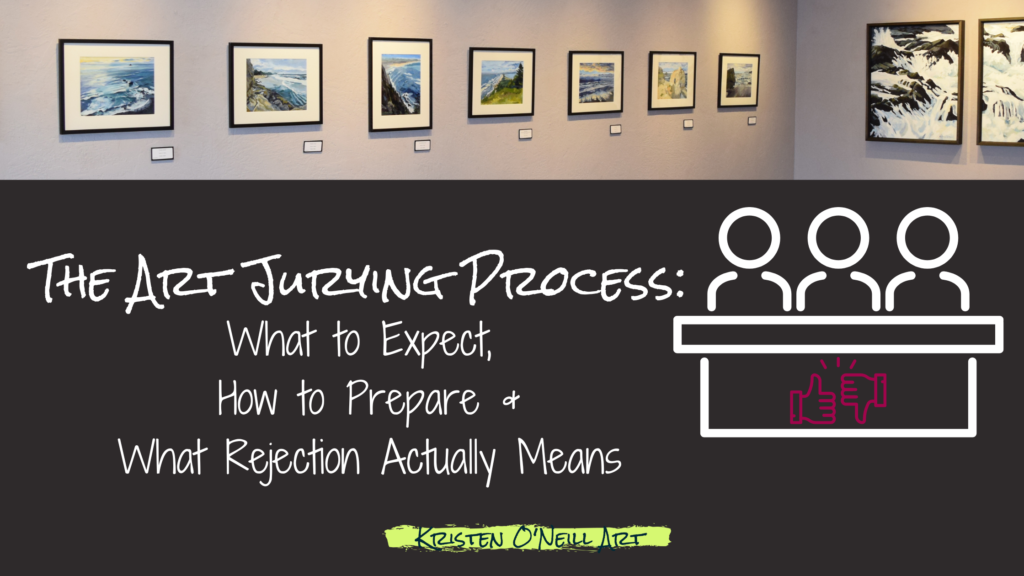
by Kristen O'Neill | Sep 10, 2024 | The Practice of Art
There are many times in your art career were your art may be juried. However, understanding the jurying process can help demystify what can feel like an intimidating experience. What is Art Jurying? An art jury is a panel of judges, usually consisting of artists,...

by Kristen O'Neill | Jul 15, 2024 | Art Lessons
Properly taping edges on your painting wood panels ensures clean, crisp lines and a professional finish. Whether you’re a seasoned artist or just starting out, this technique can make a significant difference in the professional look of your work. Here’s a guide...

by Kristen O'Neill | Sep 19, 2023 | Uncategorized
Negative space, also known as the space around and between the objects, can be just as important as the objects themselves. As a painter, understanding the power of negative space can help you create more impactful and balanced paintings. Here are a few ways for...

by Kristen O'Neill | Sep 11, 2023 | Art Lessons
Contrast is an important principle of design that refers to the difference between two elements in a painting. The right amount of contrast can make a painting pop and grab the viewer’s attention. It can also add a sense of depth and dimension to a painting....

by Kristen O'Neill | Aug 23, 2023 | Uncategorized
Developing your own painting style can be a rewarding journey. It can also be hard to know where to start. After years of teaching, I can tell you, that everyone has a unique style that underlies all they do. What we need to do together is to nurture that style, bring...
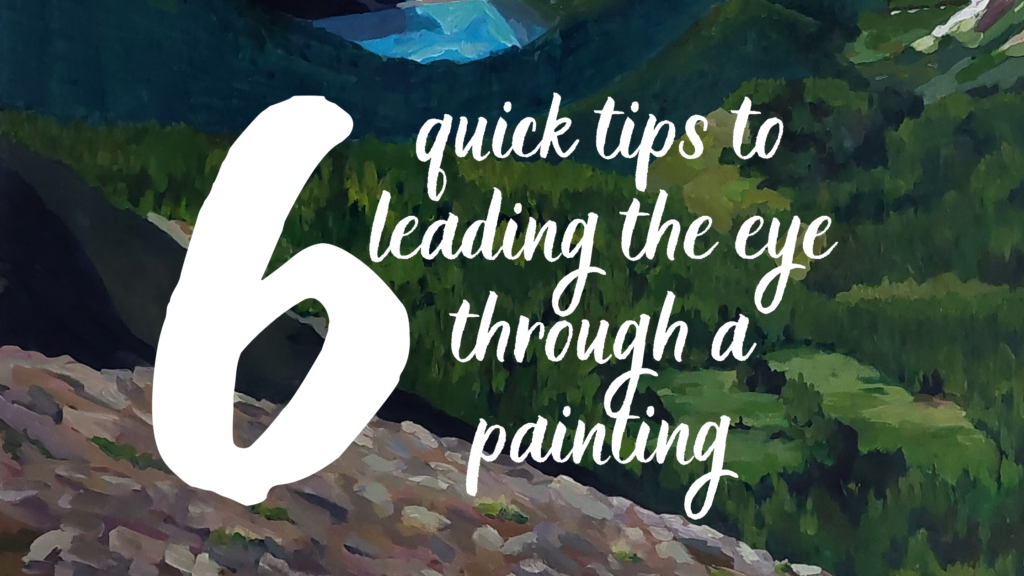
by Kristen O'Neill | Aug 8, 2023 | Art Lessons
Leading the viewer’s eye through a painting is an important aspect of creating visual interest and directing the viewer’s attention to specific areas of the composition. Here are some tips on how to lead the eye through a painting: Use a clear focal point:...

by Kristen O'Neill | Aug 1, 2023 | Art Lessons
As a painter, it’s important to understand the principles of design in order to create visually appealing and harmonious pieces. One the concepts in art and design is balance. Balance refers to the distribution of visual weight in a composition. It creates a...
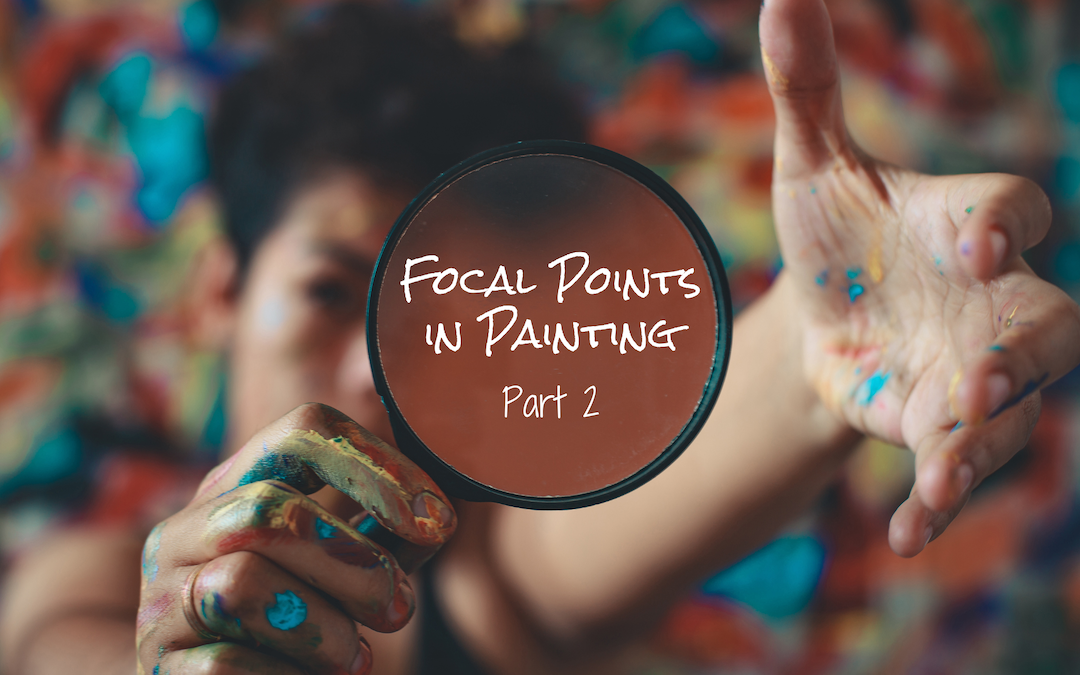
by Kristen O'Neill | Jul 25, 2023 | Art Lessons
In the last lesson we covered WHY to use focal points in your art, and what they are. In this lesson we cover the HOW. Tips for Creating Focal Points: Choose a Main Subject: The first step in creating a focal point is to choose a main subject for your painting. This...

by Kristen O'Neill | Jul 18, 2023 | Uncategorized
As a painter, you want to create a painting that is visually interesting and draws the viewer’s eye. One way to achieve this is by creating a focal point in your artwork. A focal point is the main area of interest in a painting. In this lesson, we will explore...
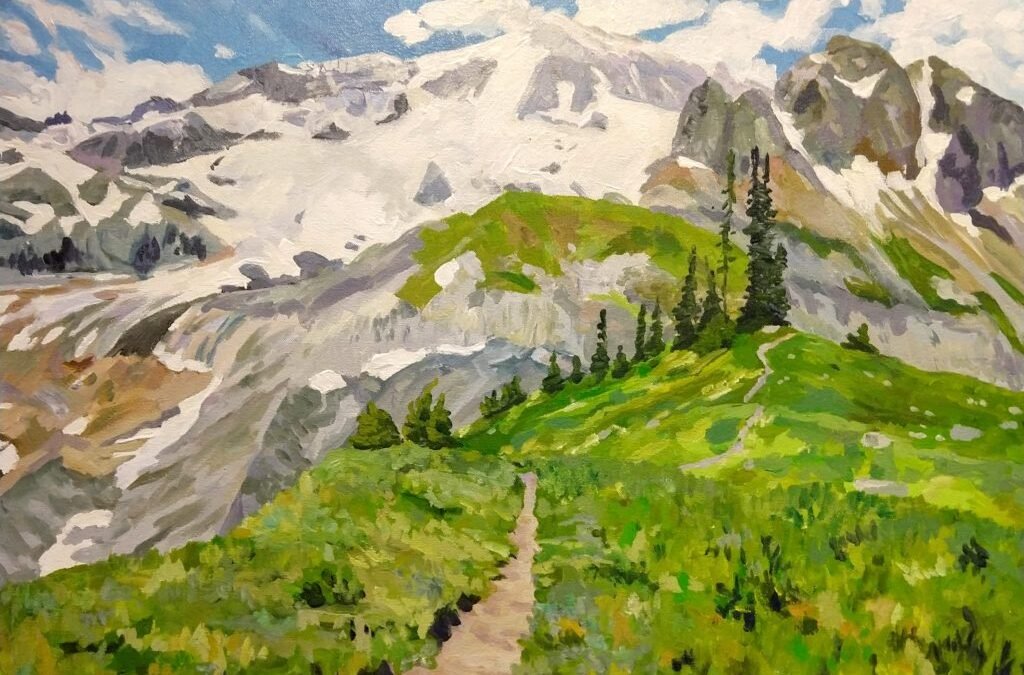
by Kristen O'Neill | Jul 11, 2023 | Art Lessons
Movement in art refers to the visual flow or direction of elements within a composition. It can create a sense of action, rhythm, and energy in a painting. As a crucial aspect of design, movement can guide the viewer’s eye through the artwork and affect the...

by Kristen O'Neill | Jul 4, 2023 | Art Lessons
Shadows and highlights are powerful tools for creating depth and dimension in painting. By carefully controlling the placement and intensity of light and shadow in a composition, you can create a sense of three-dimensionality and bring your paintings to life. Here are...

by Kristen O'Neill | Jun 27, 2023 | Art + Nature
Abstraction and Non-Objective are two painting styles that are often discussed in the world of art. Although the terms are often used interchangeably, there are some distinct differences between the two. Almost always, I hear the word “abstract” used for...
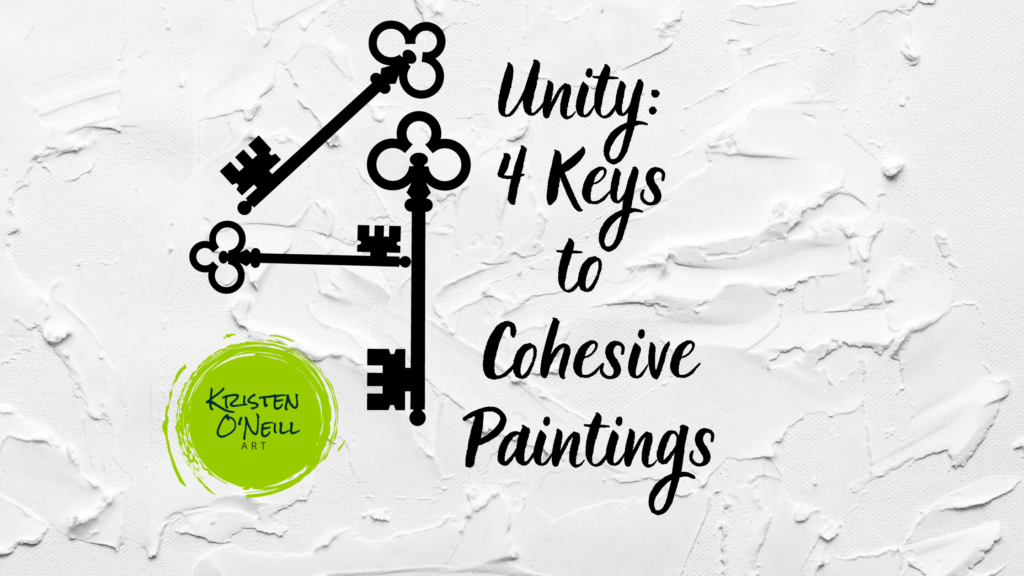
by Kristen O'Neill | Jun 20, 2023 | Art Lessons
Unity is a fundamental principle of design that plays a crucial role in creating cohesive and impactful paintings. Unity refers to the way elements in a composition work together to create a harmonious and aesthetically pleasing whole. Here are a few tips for creating...

by Kristen O'Neill | Jun 13, 2023 | Art Lessons
As a painter, it can be tempting to keep adding more and more details to a painting in an effort to make it perfect. However, overworking a painting can often have the opposite effect, making the painting look cluttered and overburdened. Establish a Focal Point By...

by Kristen O'Neill | Jun 7, 2023 | Uncategorized
Painting is a powerful way to bring ideas to life. The ability to edit (or exclude!) elements within a painting is crucial to creating a good painting. These techniques not only enhance the overall composition but also enable artists to refine their message and draw...

















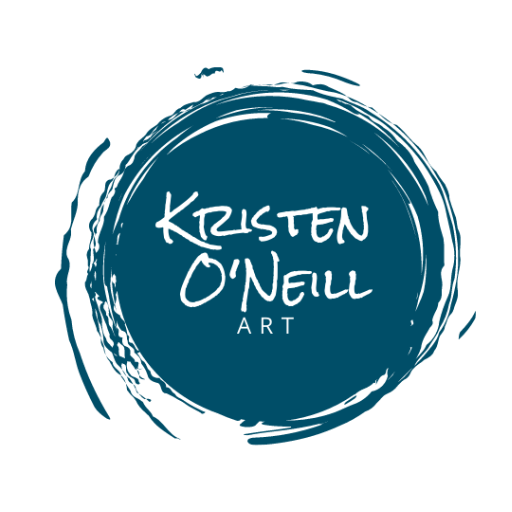
Recent Comments